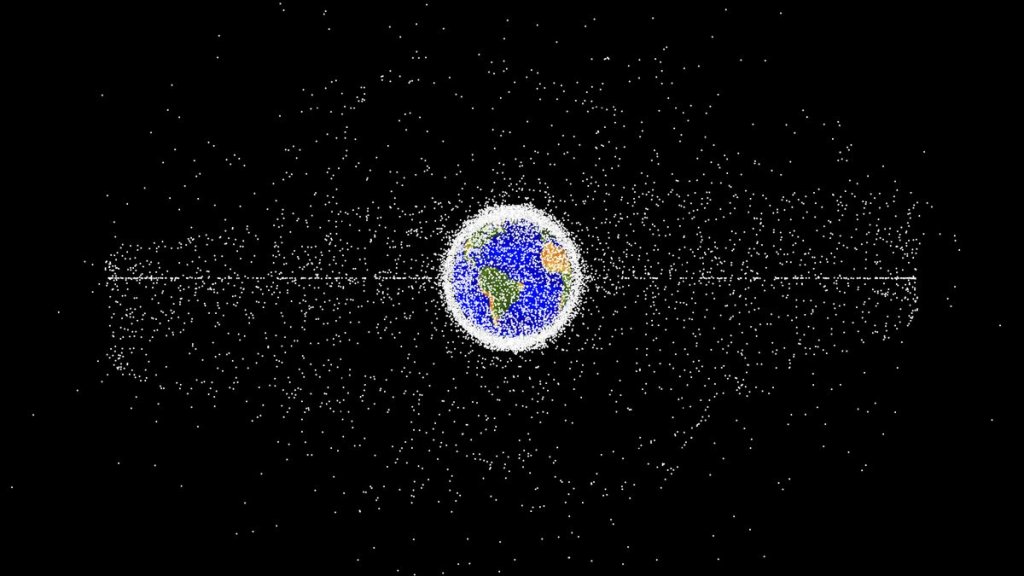A network of microwave-sized satellites in low-Earth orbit may be useful in addressing our planet’s increasingly cluttered environment, according to new research.
Over 27,000 pieces of space debris are currently tracked by the U.S. Space Surveillance Network — and some estimates suggest more than 170 million other, smaller pieces cannot be tracked and are thus at risk of colliding.
So, how would more satellites in this already-crowded space help? Well, the envisioned eight satellites will carry complex science instruments to gather data that can help scientists accurately predict, and therefore prevent, debris collisions. This blueprint is outlined in a mission concept released this month, which has been termed ROARS (short for Revealing Orbital and Atmospheric Responses to Solar Activity).
“The novelty of having multiple coincident measurements from a satellite swarm will lead to improved space situational awareness in a congested space environment,” Robert Watson, a senior lecturer at the University of Bath in the U.K. who is part of the new mission, said in a statement.
Related: FCC issues 1st-ever space debris fine, serves DISH $150k penalty
Scientists say the ability to make predictions about satellite collisions partly relies on understanding how Earth‘s upper atmosphere exerts a force, or drag, on orbiting satellites. That impact is further amplified by solar activity and space weather, two parameters the new mission aims to better understand. For instance, in early 2022, SpaceX’s Starlink lost 40 satellites during solar storms. These storms had heated Earth’s atmosphere, causing it to expand and thus increase drag on the satellites.
To better understand these impacts, the new mission, which is being funded by the European Space Agency (ESA) for $105,685 (100,000 euros), will be equipped with instruments such as magnetic field sensors. Radar, laser and optical observations will also be collected among others to gather the “first coordinated measurements” in low-Earth orbit, according to an ESA statement.
Although various ideas for monitoring and tackling space debris have been around for a decade, investments in such concepts have begun only recently. Experts say this momentum needs to continue, especially as the uncertainty of collisions in low-Earth orbit grows with every new satellite placed there.
One such major collision occurred in 2009, when one satellite belonging to Iridium Satellite was destroyed when it collided with a Russian satellite, leading to hundreds of pieces of debris. The next such collision “is a matter of when, not if,” Don Pollacco, a professor at the University of Warwick who is also part of the new mission, said in last week’s statement. “It is important that we act now before it is too late, and many orbits become unusable.”
The mission concept began taking shape in mid-September this year and is expected to be completed a year from now, according to the ESA statement.

